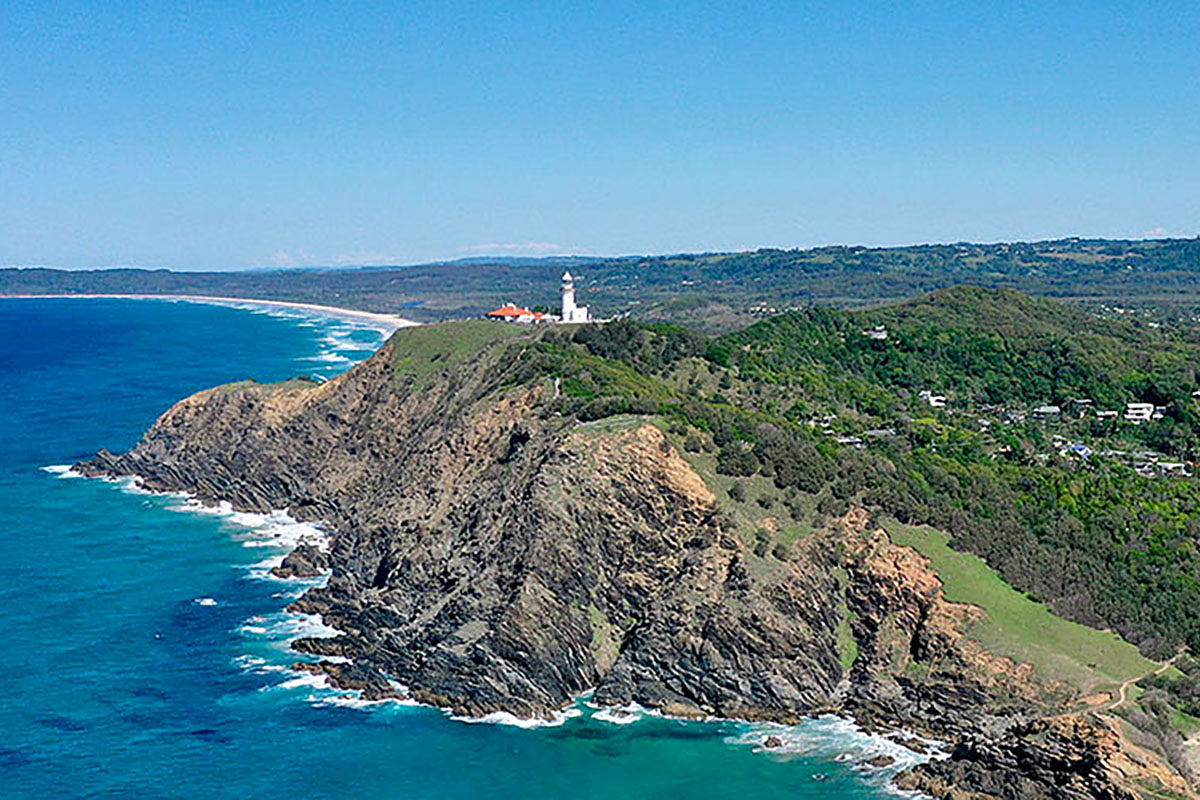The NSW coast is one of the state’s greatest assets. It sustains diverse natural ecosystems and is a vital economic zone supporting extensive transport systems and industrial and commercial activities.
But this landscape is under increasing pressure. Some 85% of the NSW population now lives within 50 km of it.
Within coastal areas, we must plan for land use and development, while maintaining the qualities that make this environment unique. We must also respond appropriately to natural hazards and protect lives, infrastructure and property, as well as the beautiful environment we cherish.
Coastal management framework
The NSW Government’s coastal management framework has been in place since 2018. It was created to improve the way we identify and adapt to hazards, and plan for and assess coastal development. Its components help protect our way of life and our coastal and marine environments.
The framework includes:
- the Coastal Management Act 2016
- the Resilience and Hazards SEPP (Chapter 2)
The Coastal Management Act
The Coastal Management Act 2016 promotes strategic and integrated management, use and development of the state’s coast for the social, cultural and economic wellbeing of the people of NSW.
Its focus is on ecologically sustainable development that:
- protects and enhances sensitive coastal environments, habitats and natural processes
- strategically manages risks from coastal hazards and responds to climate change
- maintains and enhances public access to scenic areas, beaches and foreshores
- supports the objectives for our marine environment under the Marine Estate Management Act 2014
- protects and enhances the unique character, cultural and built heritage of our coastal areas, including Aboriginal cultural heritage.
The Department of Climate Change, Energy, the Environment and Water is responsible for the Act. The Department helps councils by administering grant funding and offering technical help and coordination to develop comprehensive coastal management programs.
